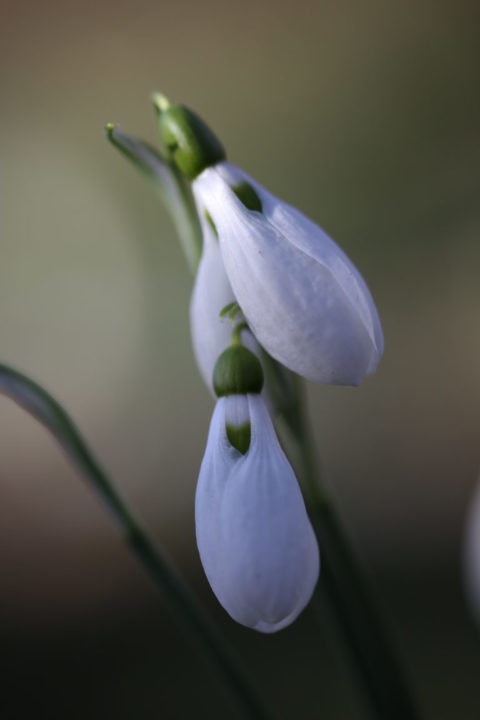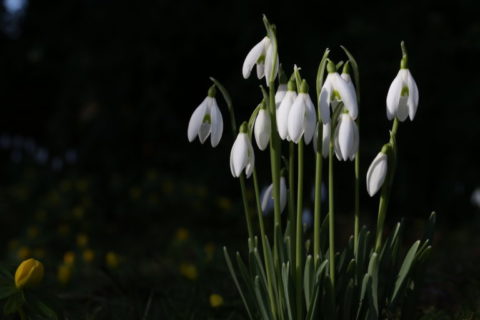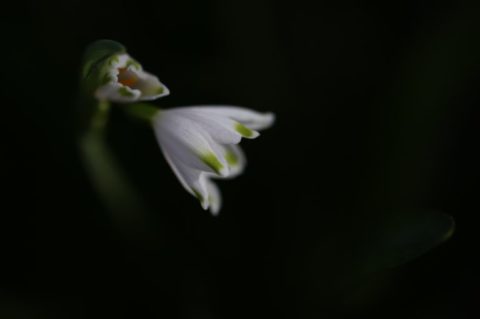
At this time of year, give or take a week or two, we expect to see snowdrops in flower. They are purportedly one of the first signs of spring and a welcome sight, despite the imminent snowstorm we’re supposed to be facing in the coming days. Now, earlier varieties of Galanthus nivalis aside, are snowdrops really vernalising sooner rather than later? Here’s a quote from the experts at Kew Gardens, London, who keep an eye on such things and study phenology (year to year changes in seasonal events):
Recent signs of change include a shift in the average flowering date of the common snowdrop (Galanthus nivalis). In the 1950s the flowers commonly opened around the end of February, but over the decades flowers have gradually appeared earlier, such that since the 1990s the flowers have opened in January.

So, climate change, what we used to call global warming, is indeed leading to earlier snowdrops, or is it? What about the years before the 1950s. I did a quick scan of the scientific literature and found a paper (albeit on a study in Germany) that looks at the trends in the emergence of snowdrops and has done a Bayesian analysis of the data (to get a better statistical picture than would normally by available of any trend. That study (PDF here) seems to show (Figure 2a) that back in the 1920s snowdrops emerged around the end of January, as they seem to be doing these days, but there was a trend towards blooming in late February in the 1950s and 1960s. Their plot as is often the case looks like a shotgun has been fired at a target, but the Bayesian analysis provides the curve based on sound statistics.

I’m not making any claims to a detailed inspection of the science, but hearsay and folk memory about when snowdrops first bloomed that might be skewed by particular weather patterns, different varieties available then and now and moreover, the difference in altitude and longitude that people might have experienced could all skew the perceived trends.